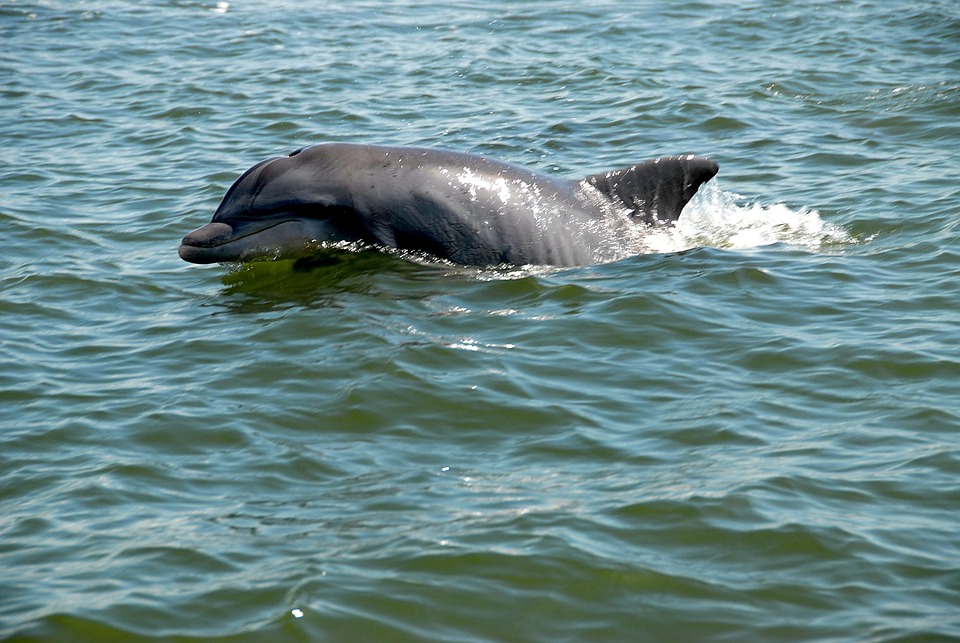*Enhancing Fish Health and Aquarium Aesthetics through Live Plants*
Introduction:
Having a thriving fish tank ecosystem is essential for the health and well-being of your aquatic pets. While many aquarium enthusiasts focus on filtration systems, water quality, and appropriate tank mates, they often overlook the importance of live plants. Incorporating live plants into your fish tank not only enhances its aesthetic appeal but also provides numerous benefits for your fish.
Choosing the Right Live Plants for Your Fish Tank Ecosystem:
1. Understanding Plant Types:
There are three main types of live plants for aquariums: submerged plants, floating plants, and emergent plants. Submerged plants are rooted in the substrate and grow entirely underwater, while floating plants float freely on the water’s surface. Emergent plants have their roots in the substrate but grow partially above the waterline. Each type of plant contributes to the overall health and balance of the ecosystem in its own way.
2. Considerations for Compatibility:
Before selecting live plants for your fish tank, it is crucial to research the specific requirements of your fish species. Different plant species have varying needs, such as lighting, temperature, and nutrient levels. Matching these requirements with your fish’s preferences ensures a harmonious environment for both plants and fish. Additionally, it is essential to avoid toxic or invasive plant species that could harm your fish or overrun your tank.
3. Factors to Evaluate:
When choosing live plants, consider factors such as light requirements, temperature tolerance, nutrient needs, and growth rate. Some plants thrive in low-light conditions, while others require intense light. Similarly, certain plants prefer cooler water temperatures, while others thrive in warmer environments. Understanding these factors will help you select the most suitable plants for your fish tank.
Setting Up the Ideal Environment for Live Plants:
1. Substrate Selection:
The choice of substrate is crucial for the growth and development of live plants. Gravel, soil, and sand are common substrates used in aquariums. Each has its benefits and drawbacks. Adding nutrients to the substrate, such as root tabs or fertilizers, provides essential elements for plant growth.
2. Lighting:
Proper lighting is vital for photosynthesis and the overall health of live plants. Determine the right intensity and duration of light required for your chosen plants. There are various types of aquarium lighting available, including fluorescent, LED, and metal halide lights. It is essential to strike a balance between natural and artificial light sources for optimal plant growth.
3. Water Quality Management:
Maintaining appropriate water quality is crucial for the health of both the fish and plants in your tank. Monitor pH levels regularly and adjust them if necessary. Conduct regular water tests to ensure optimal levels of ammonia, nitrite, nitrate, and other essential parameters. Maintaining a well-balanced and stable environment will promote healthy plant growth.
Planting and Maintenance Tips for a Thriving Fish Tank Ecosystem:
1. Planting Techniques:
When planting live plants, ensure they are properly anchored in the substrate to prevent uprooting. Consider the spacing requirements of each plant to avoid overcrowding, which can hinder growth. Proper spacing also allows light to reach all areas of the tank, promoting overall plant health.
2. Nutrient Supply:
Live plants require adequate nutrients to thrive. Consider using fertilizers specifically formulated for aquarium plants and follow the recommended dosages. CO2 supplementation can also benefit plant growth. Regularly monitor nutrient levels to prevent deficiencies that can hinder plant development.
3. Regular Maintenance:
Regular pruning and trimming of live plants are necessary to maintain their health and aesthetics. Remove any dead or decaying plant matter to prevent the release of harmful substances into the water. Control algae growth by maintaining proper lighting and nutrient levels. Cleaning and replacing substrate periodically help maintain a clean and healthy environment for your plants and fish.
FAQs: Frequently Asked Questions about Creating a Thriving Fish Tank Ecosystem with Live Plants:
1. Can I use any type of live plant in my fish tank?
2. What are the benefits of having live plants in a fish tank?
3. Do live plants require special care compared to artificial plants?
4. How do I choose the right lighting for my live plants?
5. Can live plants help improve water quality?
6. Are there any plant species that are harmful to fish?
7. How often should I fertilize my live plants?
8. What is the best way to control algae growth in a planted aquarium?
9. Can I keep live plants in a saltwater aquarium?
10. How do I prevent my fish from uprooting the live plants?
Conclusion:
Creating a thriving fish tank ecosystem with live plants is essential for the health and well-being of your fish. Live plants not only enhance the aesthetic appeal of your aquarium but also provide numerous benefits, including improved water quality, oxygenation, and natural hiding places for fish. By carefully selecting the right plants, setting up an ideal environment, and providing proper maintenance, you can create a beautiful and healthy aquatic habitat for your fish. Explore the world of planted aquariums and enjoy the rewarding experience it brings to your fishkeeping journey.









